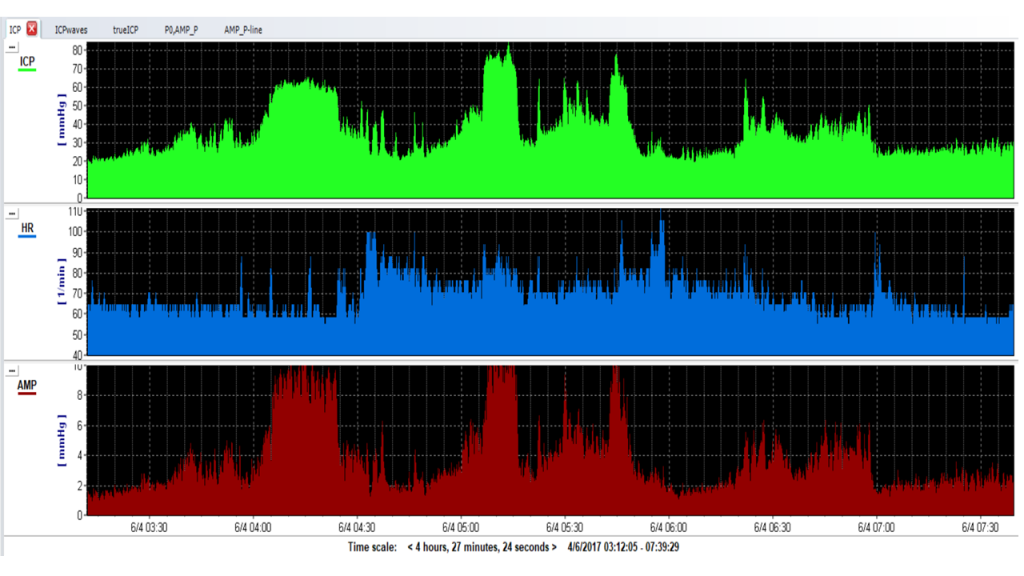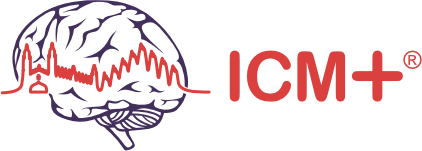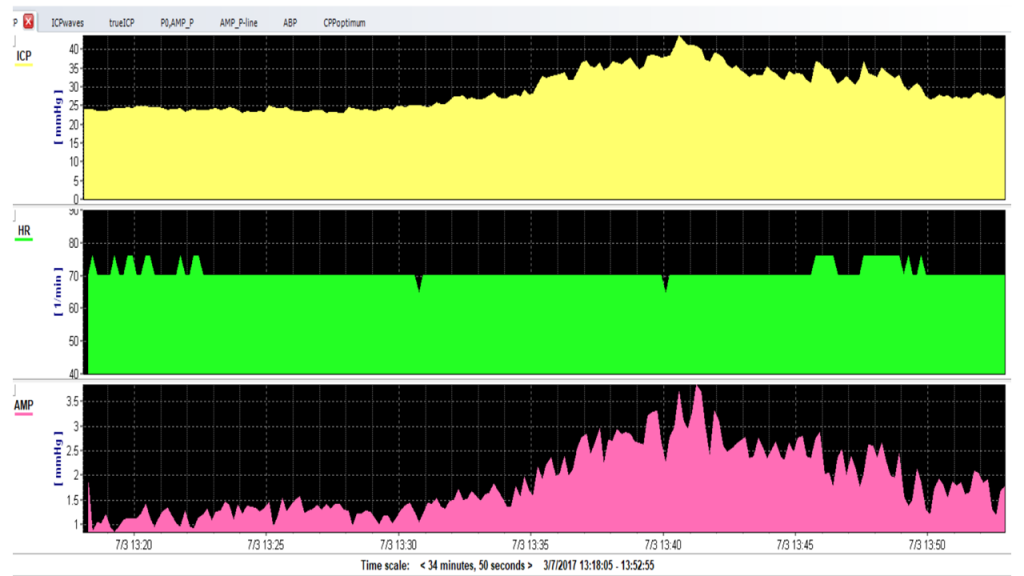Hydrocephalus and Idiopathic Intracranial Hypertension (IIH) often require invasive ICP monitoring in various stages of management. Fresh diagnosis is supported by infusion tests and/or overnight ICP monitoring. Assessment of the implanted shunt (if it under-drains or over-drains) is done via infusion study into the shunt pre-chamber, and in unsuitable cases, also overnight ICP monitoring. Both infusion tests and overnight ICP monitoring are supported in ICM+.
Cerebrospinal fluid circulation : from the patient to ICM+ and back
Why study hydrocephalus?
It is a relatively infrequent condition, but the only reversible dementia so far!
Modelling CSF dynamics contributes to:
- Increasing diagnostic accuracy
- Researching and further understanding of the underlying disease mechanisms
- Predicting the effectiveness of neurosurgical intervention
- Diagnosing problems with shunts
In both shunted and non-shunted patients:
– Short-term ICP monitoring is achieved with infusion studies
– Long-term (Overnight) ICP monitoring

The recording reveals disturbed CSF dynamics, with frequent ICP spikes and high content of B-waves. View image

CSF test of a patient without a shunt investigated for NPH. View image
Idiopathic Intracranial Hypertension is also a rare disease that remains poorly understood in both the adult, but especially the paediatric, populations.




